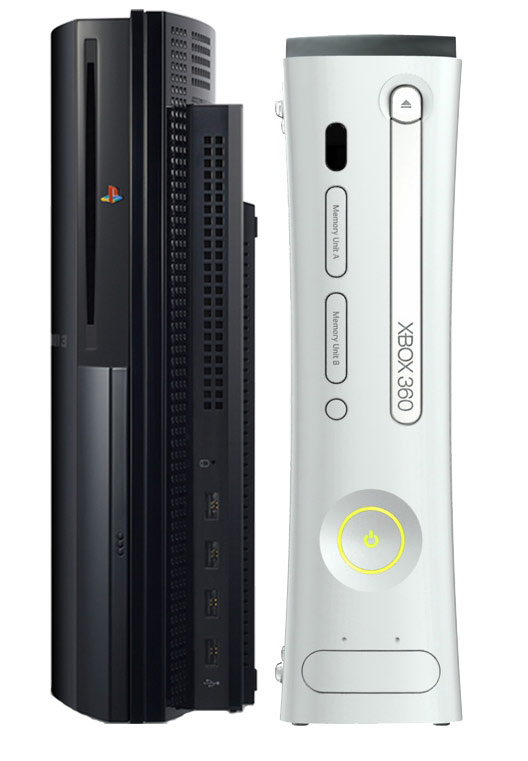Like a swarm of locusts, each year 11,000 advertising bods descend on La Croisette in a frenzy, feasting on knowledge and lusting after the Lions that bring their agency fame and favour. A week on, and the dust is beginning to settle. Sated and plump on information and rosé, all have flown back to their nest, with a fortunate few obtaining some metallic pussy cats to PR - and a couple with a mini pride in tow. But in the madness that was the 60th anniversary of Cannes Lions, what were the underlying themes?
Digit-all
Whilst not
the biggest focus, an underlying theme of the week was the prevalence of
digital in the award entries and seminars.
Now, the near mandatory requirement of brands to having some form of
social or site based digital presence means that the utilisation of such properties
isn’t overly surprising. However it was
the prominence of owned and earned properties as key parts of activational
strategies that was interesting.
Particularly noticeable amongst the high achievers, they were not only pushing
consumers to digital so as to galvanise them, but were using digital metrics as
the main vehicle for proving success to the judges.
Though the
inclusion of YouTube etc where successful is fairly obvious, what particularly
came through was the provision for the campaigns to be able to live outside the
confines of the brief. Perfectly
exhibited in the pride obtaining Dumb Ways to Die[1],
Dove’s Real Beauty Sketches[2]
and Intel’s The Beauty Inside[3],
if you seek to create work that elicits an emotional reaction – whether
laughter, empathy, guilt etc – allowing your work to grow organically gives it
the opportunity to not only reach people, but then let them reach people.
Tech Creates Tech Creates....
Historically,
creative concepts have been formulated and subsequently delivered through
standard media; however we’re now seeing is a trend where data and technology is the idea. In this new era, technology and data is
beginning to lead creativity[4].
Whilst the
more left-brained media-bods may be more au
fait with understanding and scrutinising data and tech, they lack the
inventive artistry of creatives. But
neither is fully comfortable in this space.
As such we can expect an increasing trend from both sides seeking to
upskill in techno creativity and possibilities.
With a plethora of established and emerging tech companies seeking to
peddle their wares this will be tricky – if nigh on impossible – and as has
occurred in the UK with companies such
as Blippar and Aurasma being prime examples, we may see such companies becoming
consultants as much as service providers.
As is
evident with the creativity displayed by the Zuckerbergs, Doreseys and
D’Aloisios of the world, we have entered the age of the nerd, and they’re too
smart to let us leave.
Original-Ab Vertising
Having been
buzzing round the industry for a little while, it wasn’t unsurprising that the
main theme of the week was that of “native” advertising. I.e. advertising that provides value through
seamless, natural and unobtrusive integration into its placed environment.
It’s a familiar
concept to more traditional spaces – print advertorials, athletes’ kit
sponsorships etc, however due to the DR focused pop-up beginnings of digital - still
echoed in the banner ads that make up the majority of non-search digital
activity - it’s a far newer concept in the connected space.
In a landscape
still only flecked with examples of nativity, Twitter’s Promoted Trends and
Buzzfeed’s Sponsored Stories are possibly the most prominent examples of consistent
digital brand integration. However
during the week Linkedin CEO Jeff Weiner discussed their heavy “invest[ment]...in
Linkedin as a publishing platform” with a view to be the next to move into the
native environment[5].
Not being
alone in his sentiments, this movement towards brands becoming more
facilitative marks a positive step beyond the push focused “integrations” publishers
have been promoting over the past few years.
In brands starting
to facilitate experiences rather than pushing them, they shall increasingly act
as service providers to consumers through the content they create/align
themselves with. Whilst more content led
strategies will undoubtedly have many hurdles to overcome, the natural benefits
of authenticity, trust etc makes it a highly valuable sphere to move into[6]. That said, generally speaking this more
passive form of “halo” advertising is only beneficial when brands are
consistently interacting with consumers – for them to appreciate the personal
benefits the brand is delivering to their lives. As such agencies may need to identify core
audiences/environments to own, so as to build these relationships.
Cannesclusion – Sorry For That One
As with any
emerging trend in advertising, the sell-in and movement to native advertising
may be slow, however if your brand is to own a space and build a relationship
with consumers, it’s always beneficial to be an early adopter. You’ll get far more learnings by doing, than
waiting for others to do it first.
Separate to
this, with the emergence of data and technology as crucial in the creative
process, it appears that if you want to win big you need digital in some form
to be at the heart of your communications strategy. Who knows, if you can do all 3 at once – and are
a tad arrogant – you may want to start clearing a space for one of next year’s
Lions.
[4] See
all Innovations Lions - http://www.canneslions.com/work/2013/innovation/
, The Design Grand Prix “Self Scan Report” - http://www.canneslions.com/work/2013/design/
, The Effectiveness Grand Prix “Heineken’s Legendary Journey” - http://www.canneslions.com/work/2013/effectiveness/
, Direct Gold “Third Eye” - http://www.canneslions.com/work/2013/direct/entry.cfm?entryid=22539&award=2
amongst many others.
[5] Going
through their CitiBank test partnership http://www.clickz.com/clickz/news/2171499/citi-linkedin-partner-reach-professional-women
[6] Brilliantly
articulated in the week by Conan O’Brian in his hilarious discussion with
Anderson Cooper, examining how he’s worked with brands to naturally integrate
them into his shows and online content. For
example Square CNX sponsoring his reviewing of video games http://www.youtube.com/watch?v=xCe8-1dbXZc


